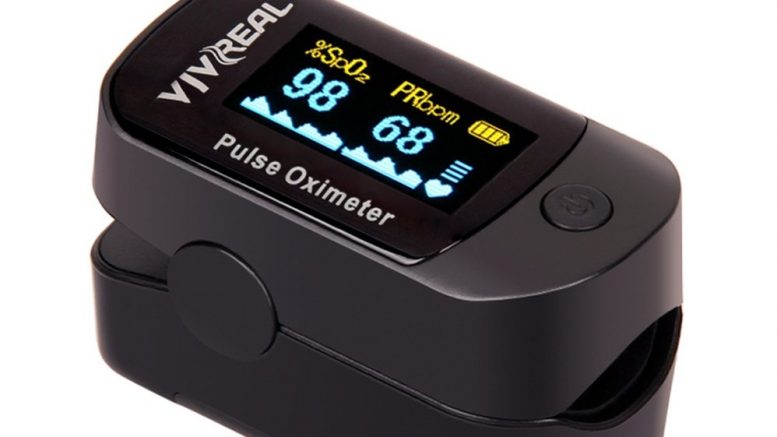If your doctor has mentioned that they’d like you to undergo pulse oximetry in the very near future, you’re probably wondering what exactly it is you’ll experience. There’s no reason to feel concerned or anxious about your pulse oximetry test – it is quick, painless, and non-invasive.
How pulse oximetry works
During pulse oximetry, a doctor will attach a small clip to a part of your body, usually the tip of your finger or your earlobe. This clip uses a sensor like the nellcor oximax n 65 to detect your exact blood oxygen level, including the slightest of changes with every passing moment, and can give an accurate reading of how effectively oxygen travels to your extremities, like your toes.
The sensor works by detecting levels of light absorption in the blood. This light absorption determines how much oxygen is in the blood at a given time. You won’t be able to feel the sensor doing its job, and there’s no discomfort involved in the test.
Pulse oximetry uses
You may not need pulse oximetry yourself, but a relative or friend needs it while they are in hospital. It is common for pulse oximetry to be used on patients who are very ill, and need their oxygen levels monitored consistently.
Because pulse oximetry can be used to check your heart’s ability to pump oxygen around your body, it is often used for people who have a number of conditions that could affect their heart or oxygen levels. These conditions include heart failure, COPD, pneumonia, asthma, lung cancer and anaemia.
Pulse oximetry isn’t always needed in a medical emergency, though. It can simply be used to check that medications are working well, to monitor oxygen levels during or after routine surgery, or to examine a patient with sleep apnoea.
Pulse oximetry: Step by step
If you’re scheduled for pulse oximetry soon, here’s a step by step of what usually happens:
- Your doctor will ask you to sit or lie down, then will place a small, clip-on device onto your finger or your earlobe. They may also stick a tiny probe onto your forehead or finger in some cases.
- You will keep the clip on for the duration of time it takes your doctor to take your readings. In some instances, you may be asked to exercise while wearing the probe or the clip. This is used to monitor changes in your oxygen saturation and pulse during and after physical activity.
- When your test is finished, your doctor will remove your clip and probe. They’ll then chat to you about your readings and what this may mean in terms of the treatment you receive going forward.
Understanding your readings
A “good” pulse oximetry reading is anything around 95 percent. Because readings are considered with a 2-percentile difference, if your reading came up at 93 to 97, it would be considered normal. It’s fairly common for your blood oxygen levels to dip occasionally, but sustained low levels of oxygen can damage the cells in our bodies and pose a risk to our health.





